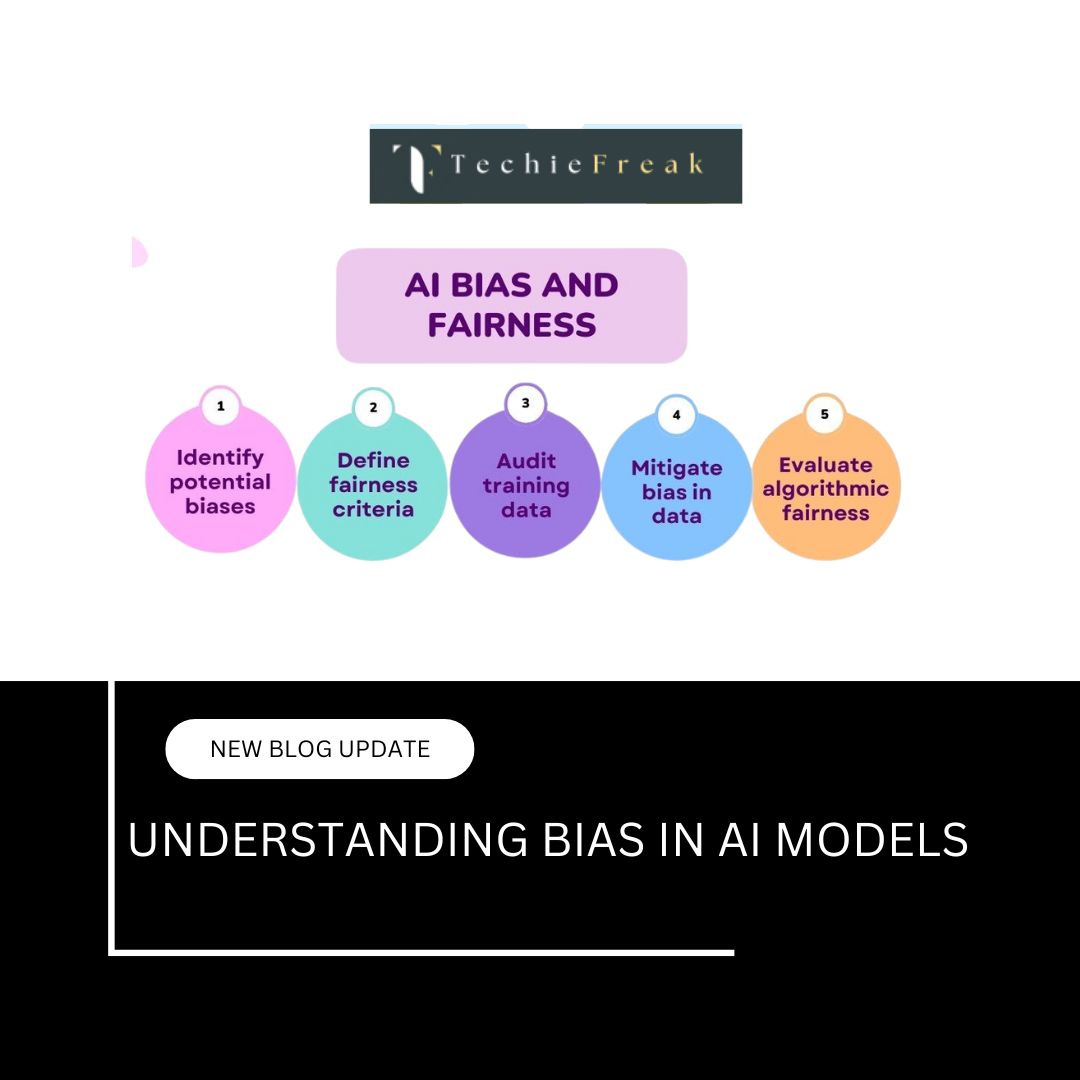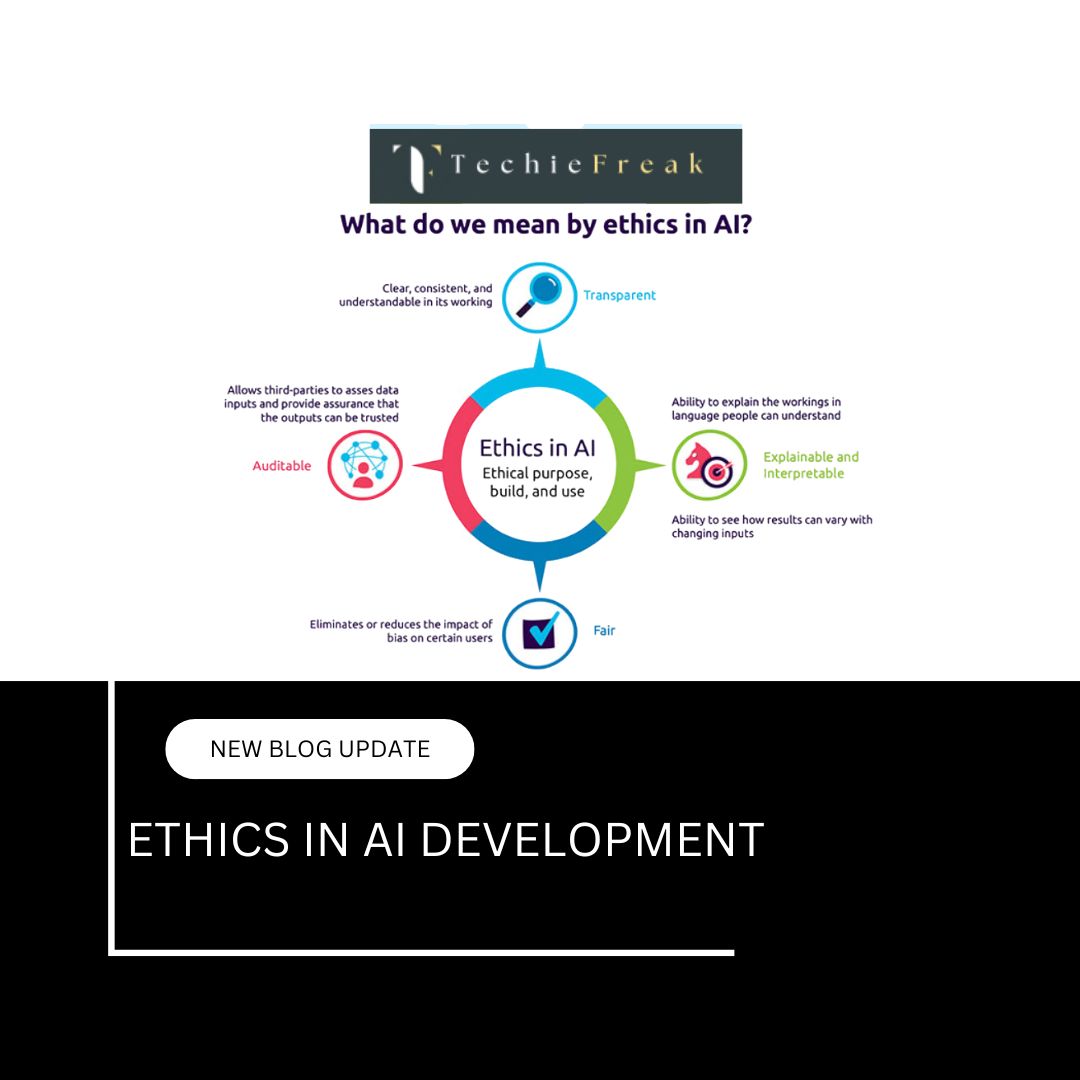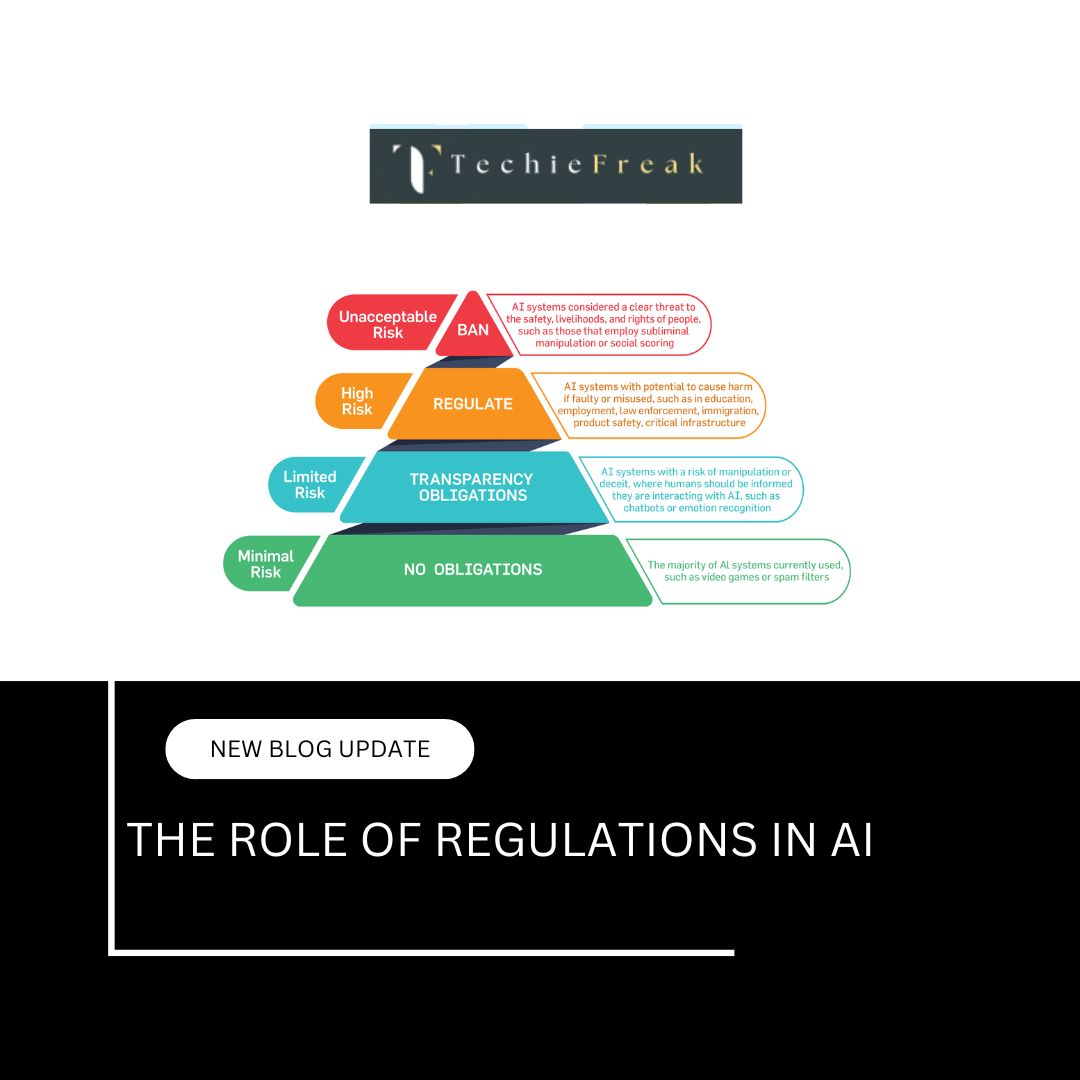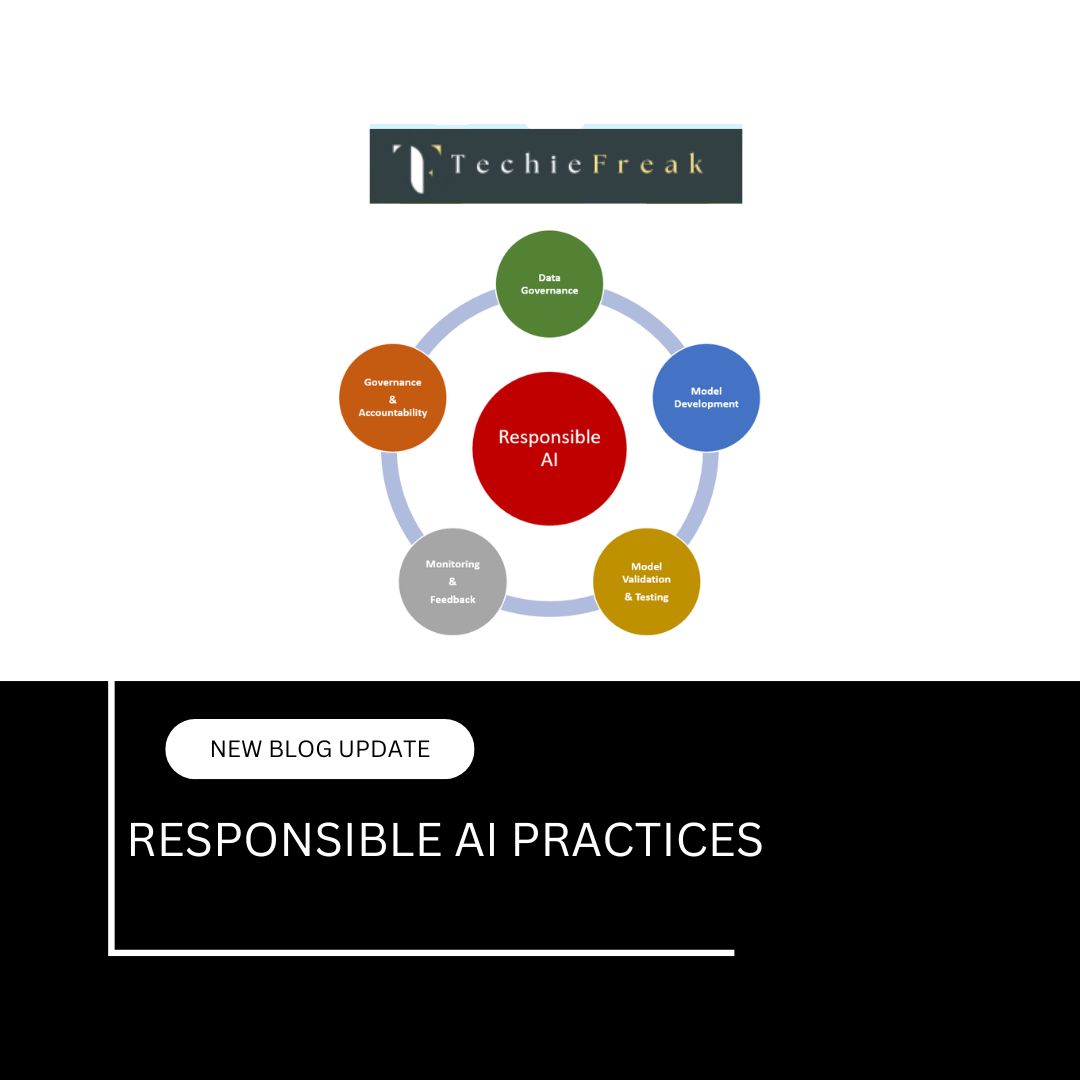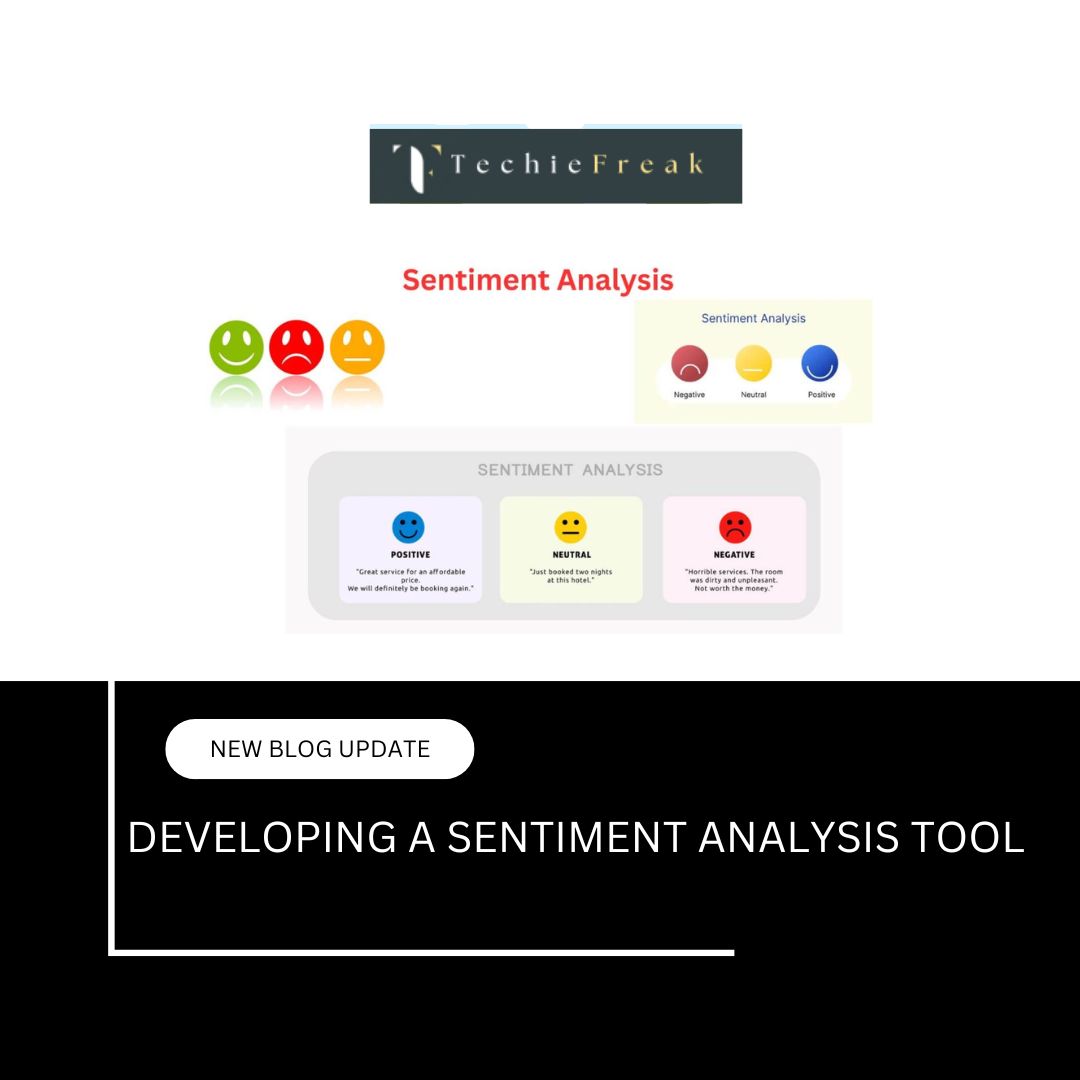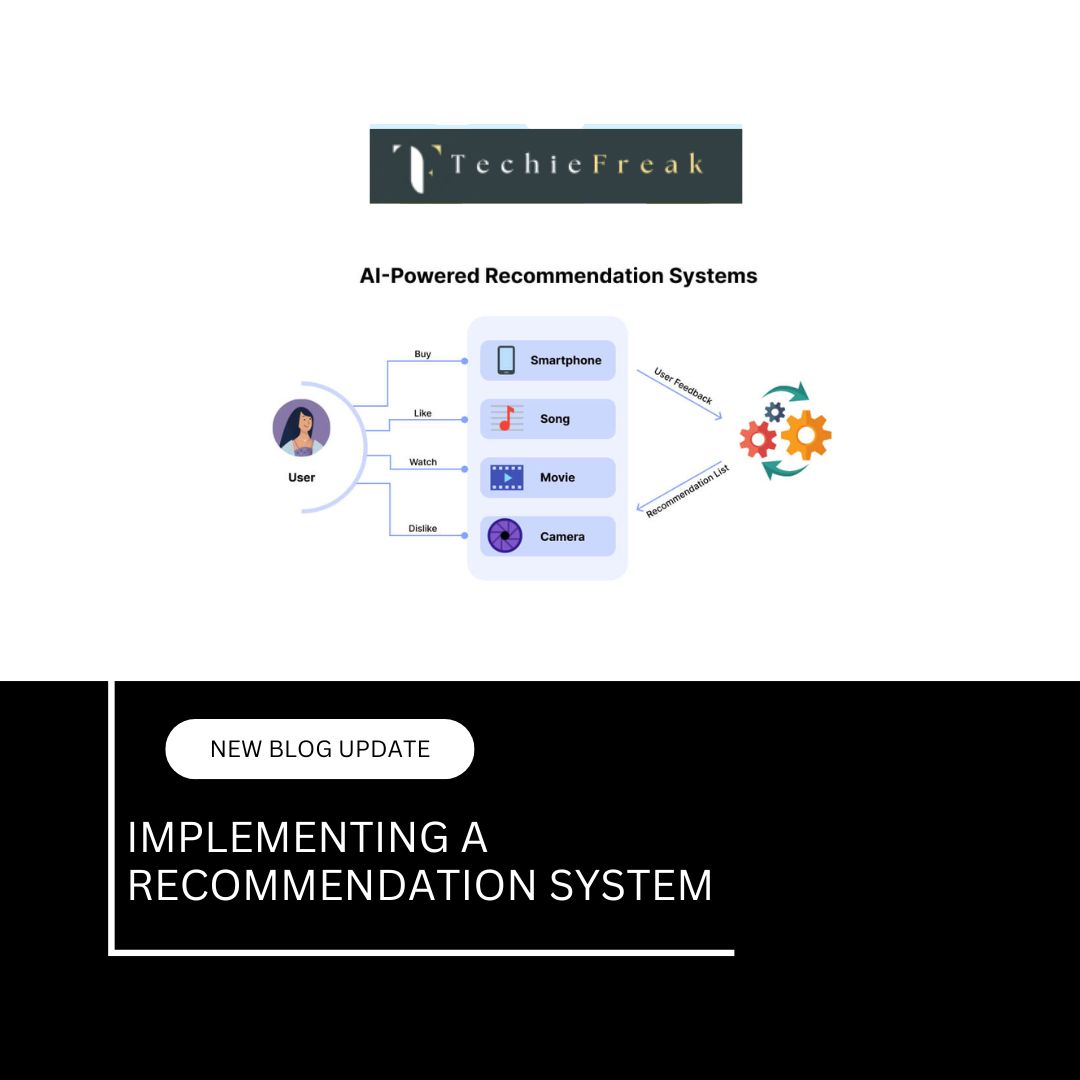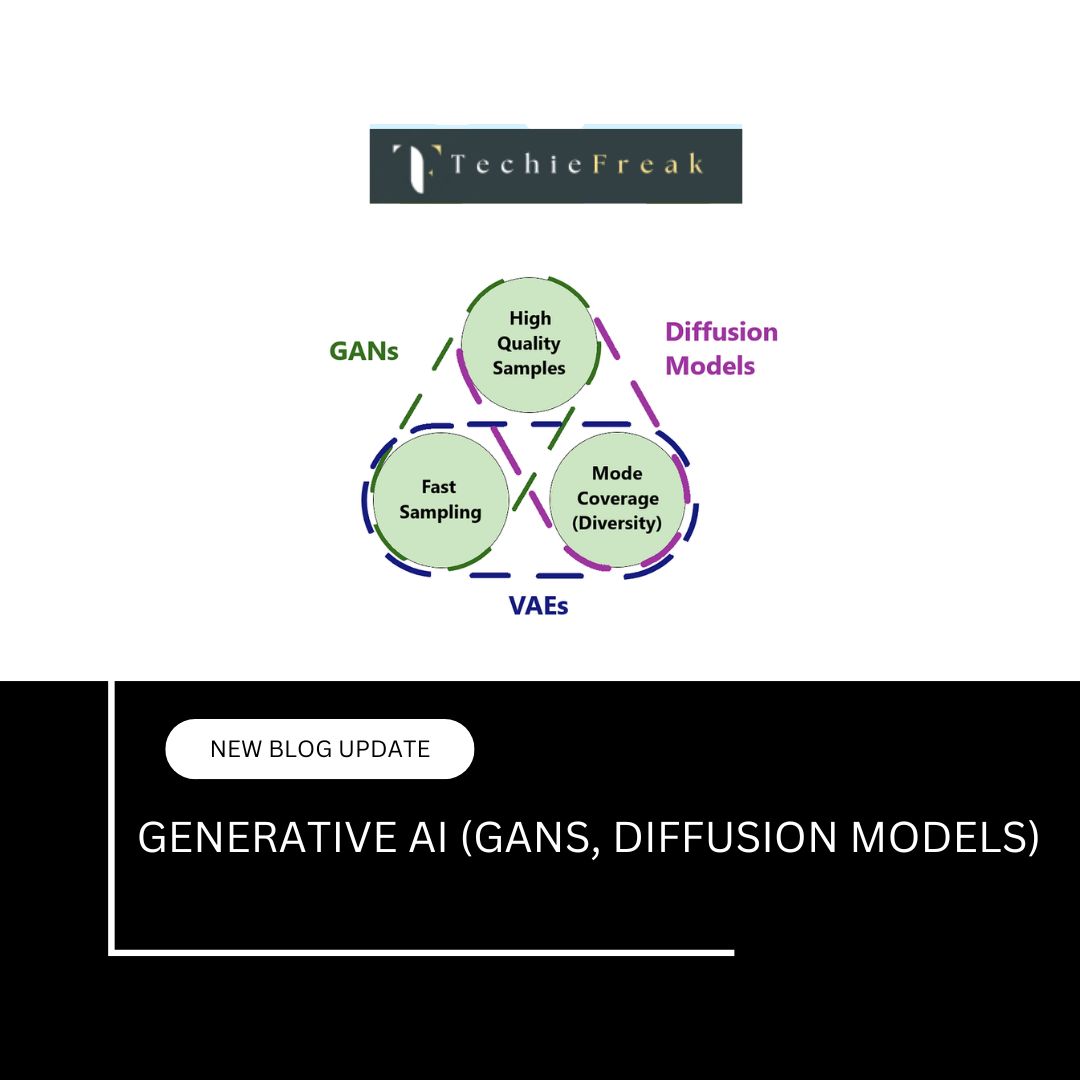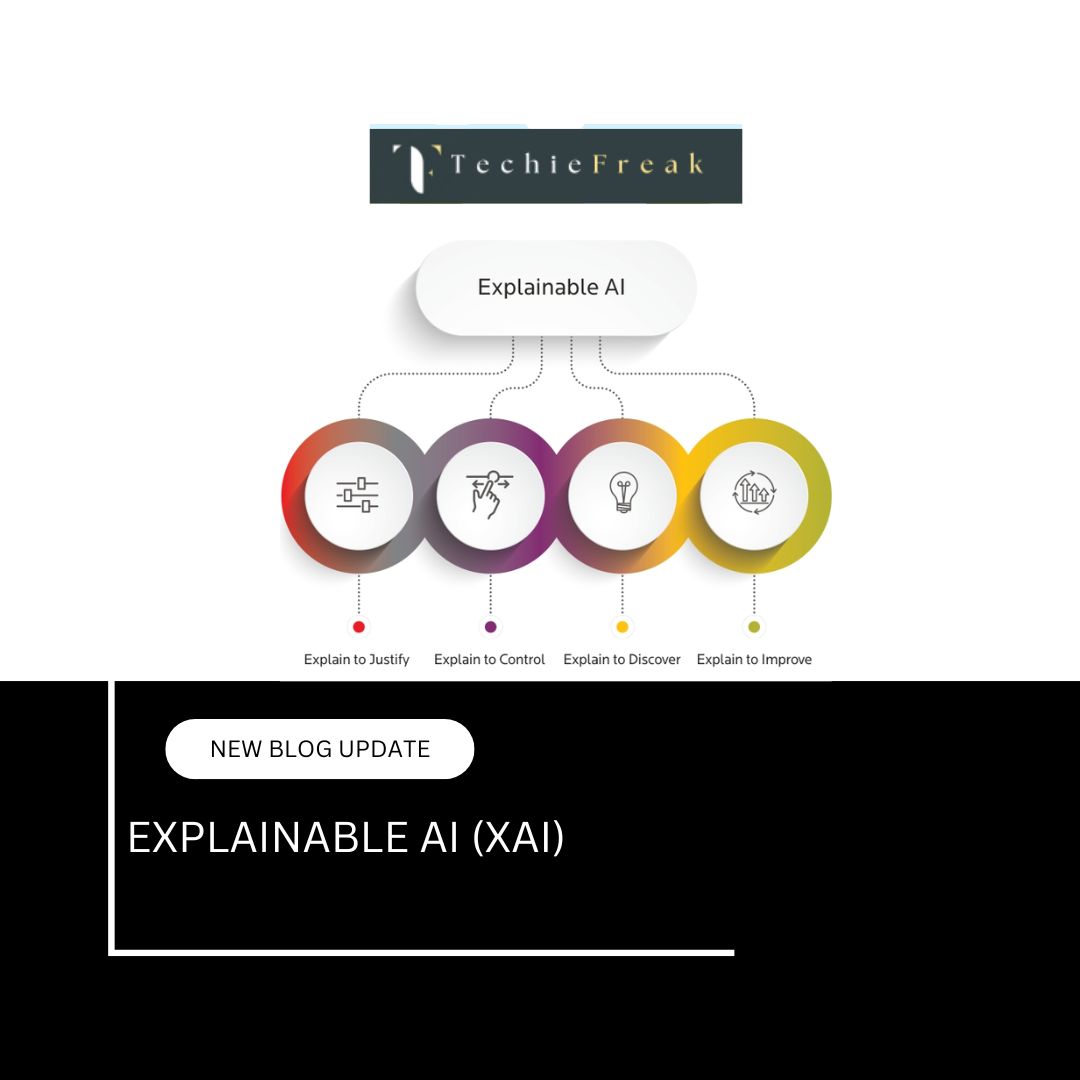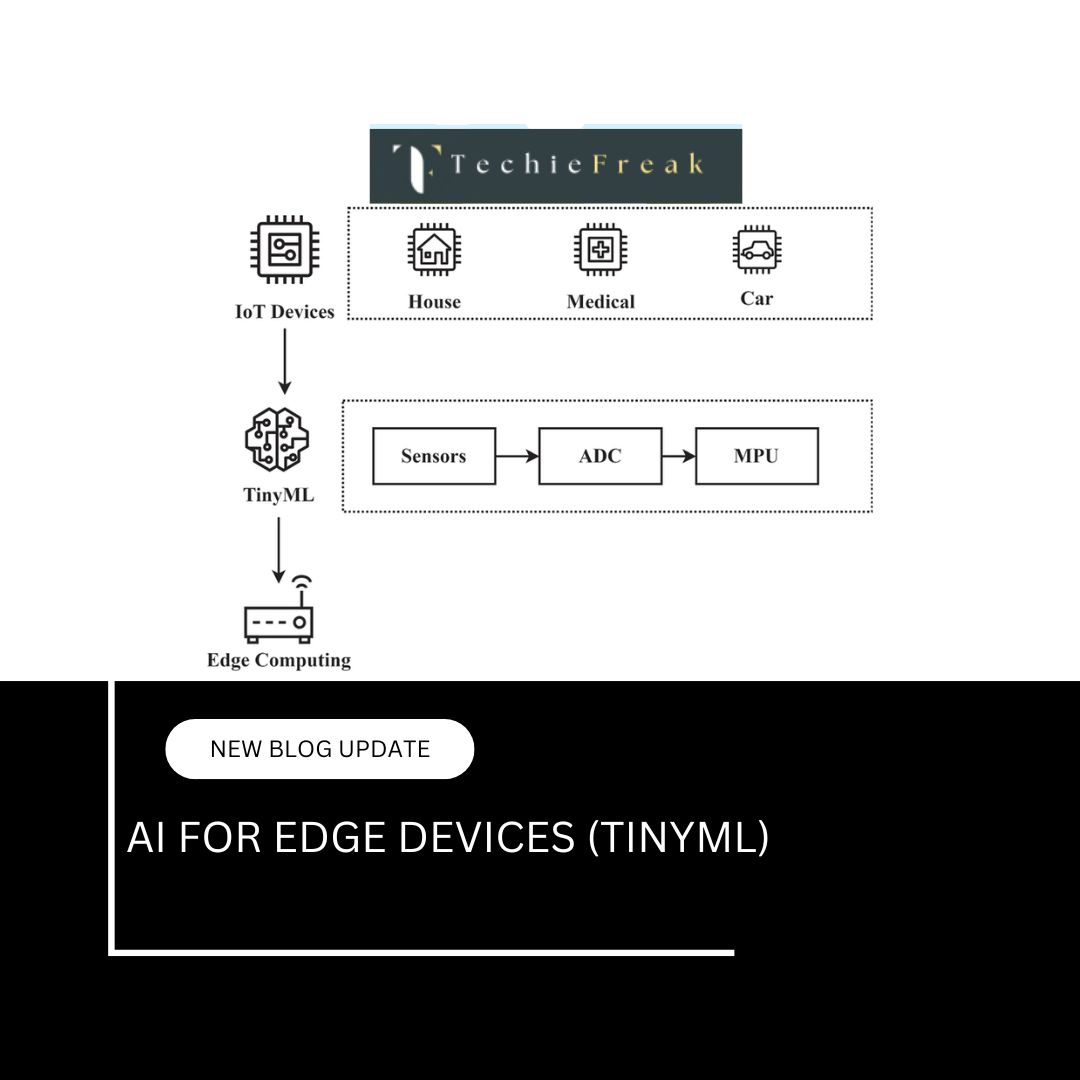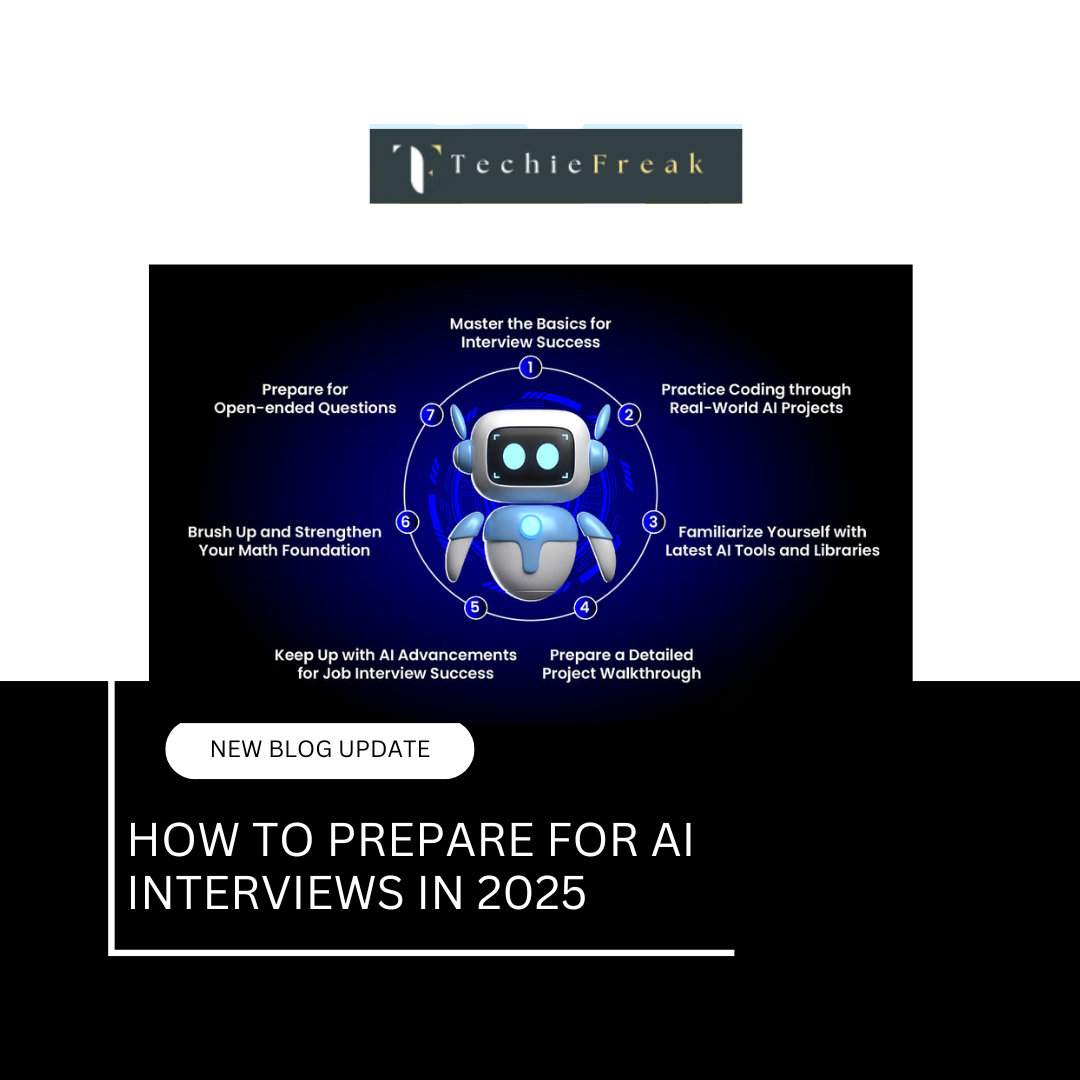AI-Powered Chatbot Using GPT-3 in Python
In this tutorial, we'll build an AI-powered chatbot using OpenAI's GPT-3.5-turbo. Unlike rule-based chatbots, GPT-3 understands natural language and provides human-like responses by leveraging deep learning.
1. Install Dependencies
To use GPT-3, install the OpenAI Python library:
pip install openai
Additionally, make sure you have an OpenAI API key. You can get one by signing up at OpenAI.
2. Understanding How GPT-3 Chatbots Work
How GPT-3 Chatbot is Different from Rule-Based Bots
| Feature | Rule-Based Chatbot | GPT-3 Chatbot |
|---|---|---|
| Response Type | Predefined replies | AI-generated, dynamic responses |
| Flexibility | Limited to patterns | Understands context, grammar, and tone |
| Learning Ability | No learning | Can generate varied responses |
| Use Cases | FAQs, customer service | Chat assistants, creative writing |
3. Python Code for AI Chatbot Using GPT-3
import openai
# Function to communicate with GPT-3
def chat_with_gpt(prompt):
response = openai.ChatCompletion.create(
model="gpt-3.5-turbo",
messages=[{"role": "user", "content": prompt}]
)
return response["choices"][0]["message"]["content"]
print("Chatbot: Hello! Type 'bye' to exit.")
while True:
user_input = input("You: ")
if user_input.lower() == "bye":
print("Chatbot: Goodbye!")
break
response = chat_with_gpt(user_input)
print("Chatbot:", response)
4. Detailed Explanation of the Code
A. Importing the Required Library
import openai
- The openai library allows us to communicate with the GPT-3 API.
B. Defining the Function to Send Requests to GPT-3
def chat_with_gpt(prompt):
response = openai.ChatCompletion.create(
model="gpt-3.5-turbo",
messages=[{"role": "user", "content": prompt}]
)
return response["choices"][0]["message"]["content"]
- The openai.ChatCompletion.create() function sends the user’s message to GPT-3.
- We specify:
- model="gpt-3.5-turbo" → Uses OpenAI's conversational AI model.
- messages=[{"role": "user", "content": prompt}] → Sends the user input to GPT-3.
- The response is extracted and returned.
C. Implementing a ChatBot
print("Chatbot: Hello! Type 'bye' to exit.")
while True:
user_input = input("You: ")
if user_input.lower() == "bye":
print("Chatbot: Goodbye!")
break
response = chat_with_gpt(user_input)
print("Chatbot:", response)
- The chatbot runs continuously until the user types "bye".
- It sends the user input to GPT-3 and prints the response.
5. Running the Chatbot
When you execute the script, the chatbot will interact like this:
Chatbot: Hello! Type 'bye' to exit.
You: Hi
Chatbot: Hello! How can I assist you today?
You: What is the capital of France?
Chatbot: The capital of France is Paris.
You: Can you tell me a joke?
Chatbot: Sure! Why don’t skeletons fight each other? Because they don’t have the guts!
You: bye
Chatbot: Goodbye!
6. Enhancing the Chatbot
A. Remembering Context in Conversations
To keep track of previous messages, we can modify the chatbot to use a list of messages:
import openai
def chat_with_gpt(conversation_history):
response = openai.ChatCompletion.create(
model="gpt-3.5-turbo",
messages=conversation_history
)
return response["choices"][0]["message"]["content"]
print("Chatbot: Hello! Type 'bye' to exit.")
conversation_history = [{"role": "system", "content": "You are a helpful chatbot."}]
while True:
user_input = input("You: ")
if user_input.lower() == "bye":
print("Chatbot: Goodbye!")
break
conversation_history.append({"role": "user", "content": user_input})
response = chat_with_gpt(conversation_history)
conversation_history.append({"role": "assistant", "content": response})
print("Chatbot:", response)
Now, the chatbot remembers past interactions.
B. Customizing GPT-3’s Personality
You can customize GPT-3’s behavior by modifying the system message:
conversation_history = [
{"role": "system", "content": "You are a funny chatbot who loves making jokes."}
]
This makes the chatbot respond humorously.
C. Adding an API Key Securely
Instead of storing the API key in code, store it as an environment variable:
import openai
import os
openai.api_key = os.getenv("OPENAI_API_KEY")
This prevents security risks.
7. Comparison: GPT-3 vs Rule-Based Chatbots
| Feature | Rule-Based Chatbot | GPT-3 Chatbot |
|---|---|---|
| Response Type | Predefined | AI-generated |
| Flexibility | Limited | Highly flexible |
| Context Awareness | No | Yes |
| Conversational Ability | Basic | Advanced |
| Learning Ability | No | Continuous learning |
| Setup Complexity | Low | Medium (requires API key) |
8. Use Cases for AI Chatbots
Customer Support – Provide instant responses
Virtual Assistants – Answer general knowledge questions
E-learning – Help students with programming & subjects
Entertainment – Tell jokes, generate stories
9. Conclusion
With GPT-3, we built an intelligent chatbot capable of understanding natural conversations. Unlike rule-based chatbots, GPT-3 can adapt, generate creative responses, and remember past interactions.
Next Steps:
Improve responses using fine-tuning
Deploy it as a web-based chatbot using Flask or FastAPI
Connect it to WhatsApp, Telegram, or Discord
.png)
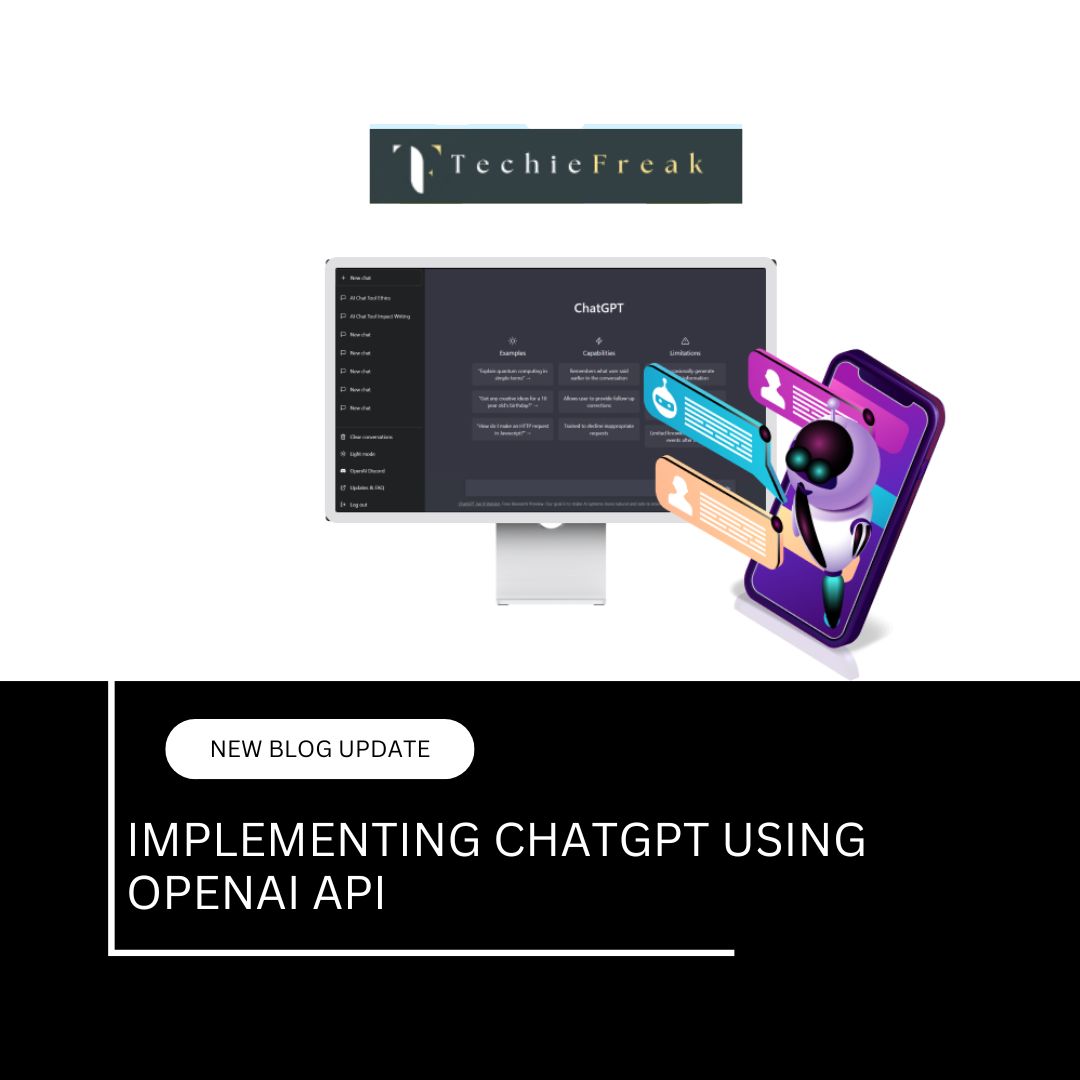
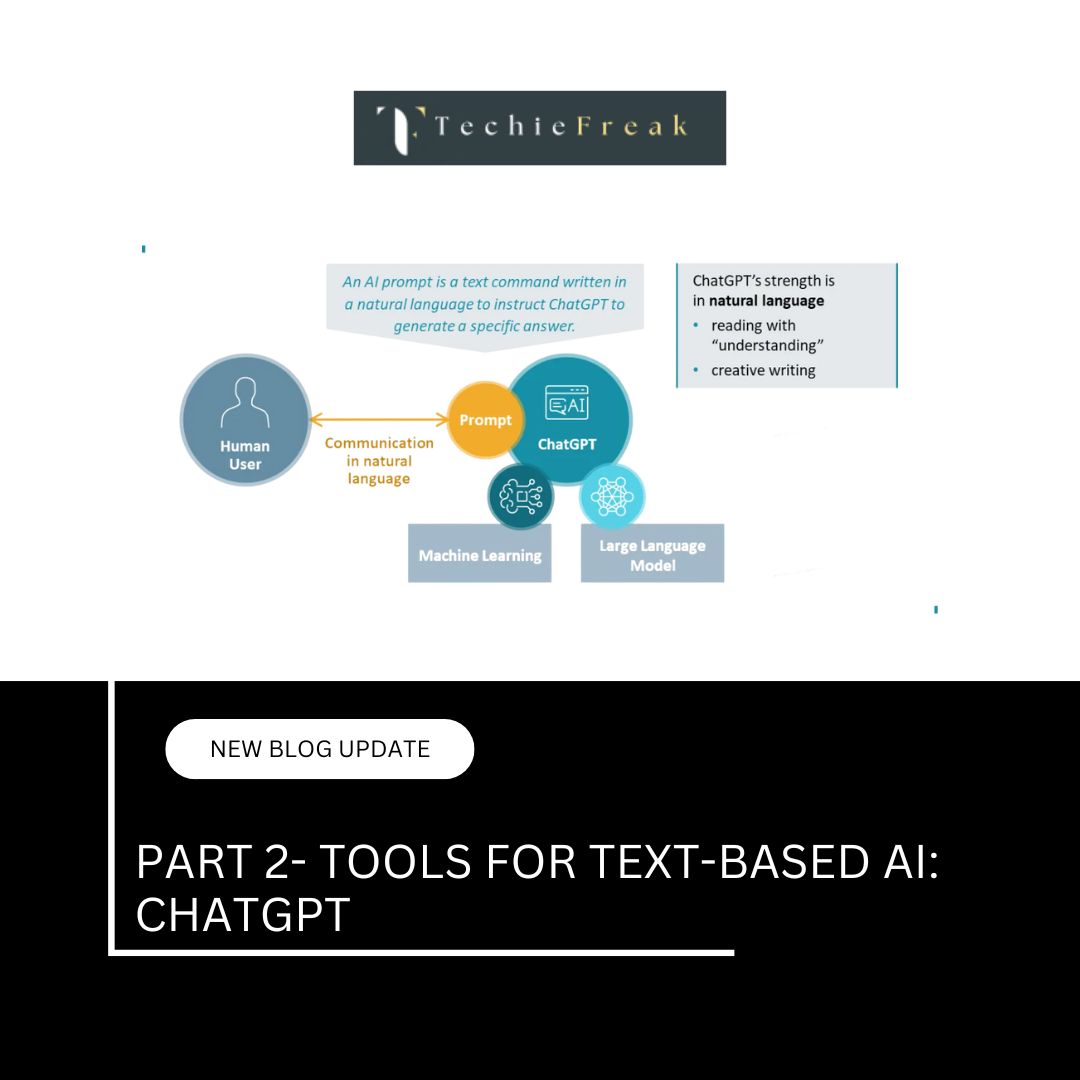
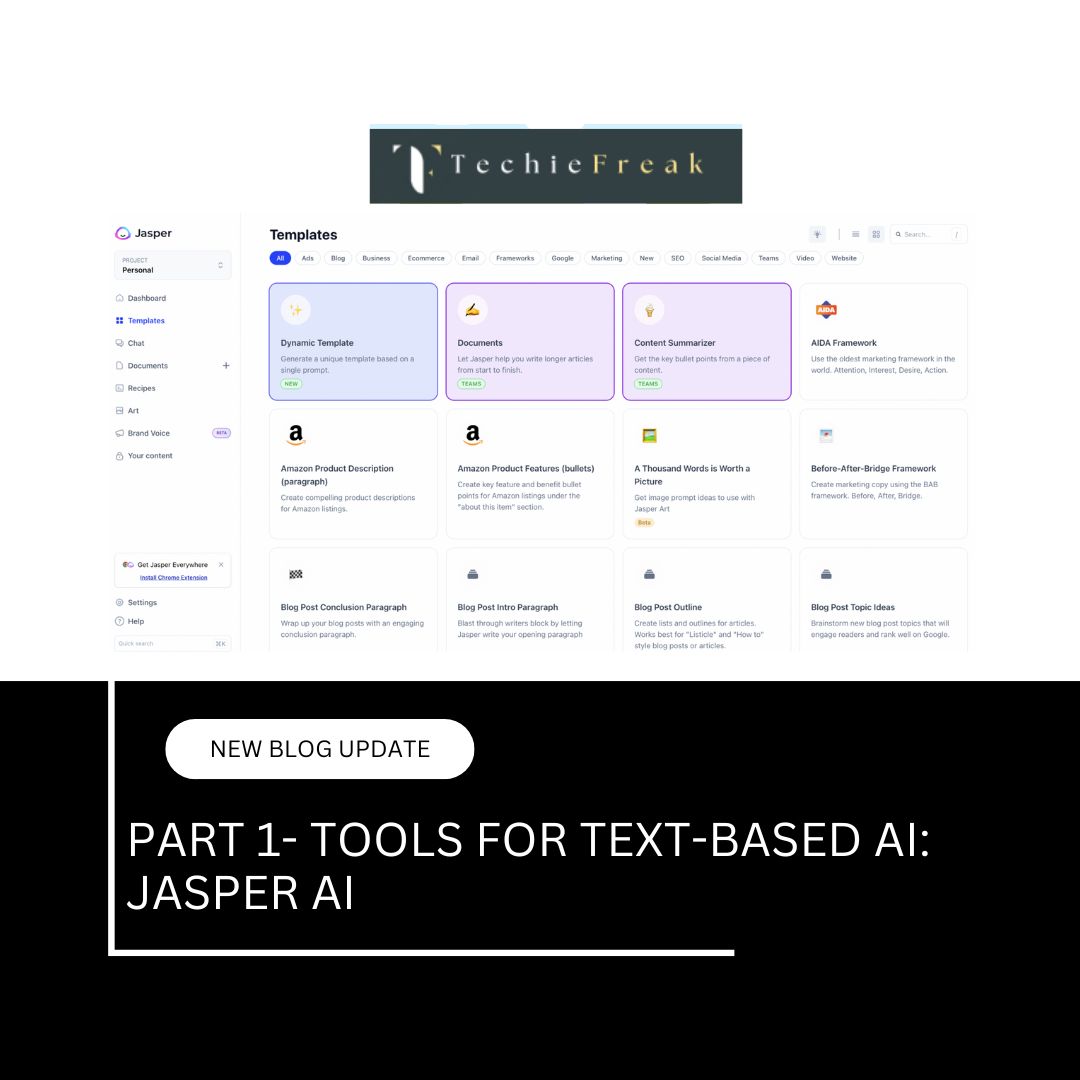


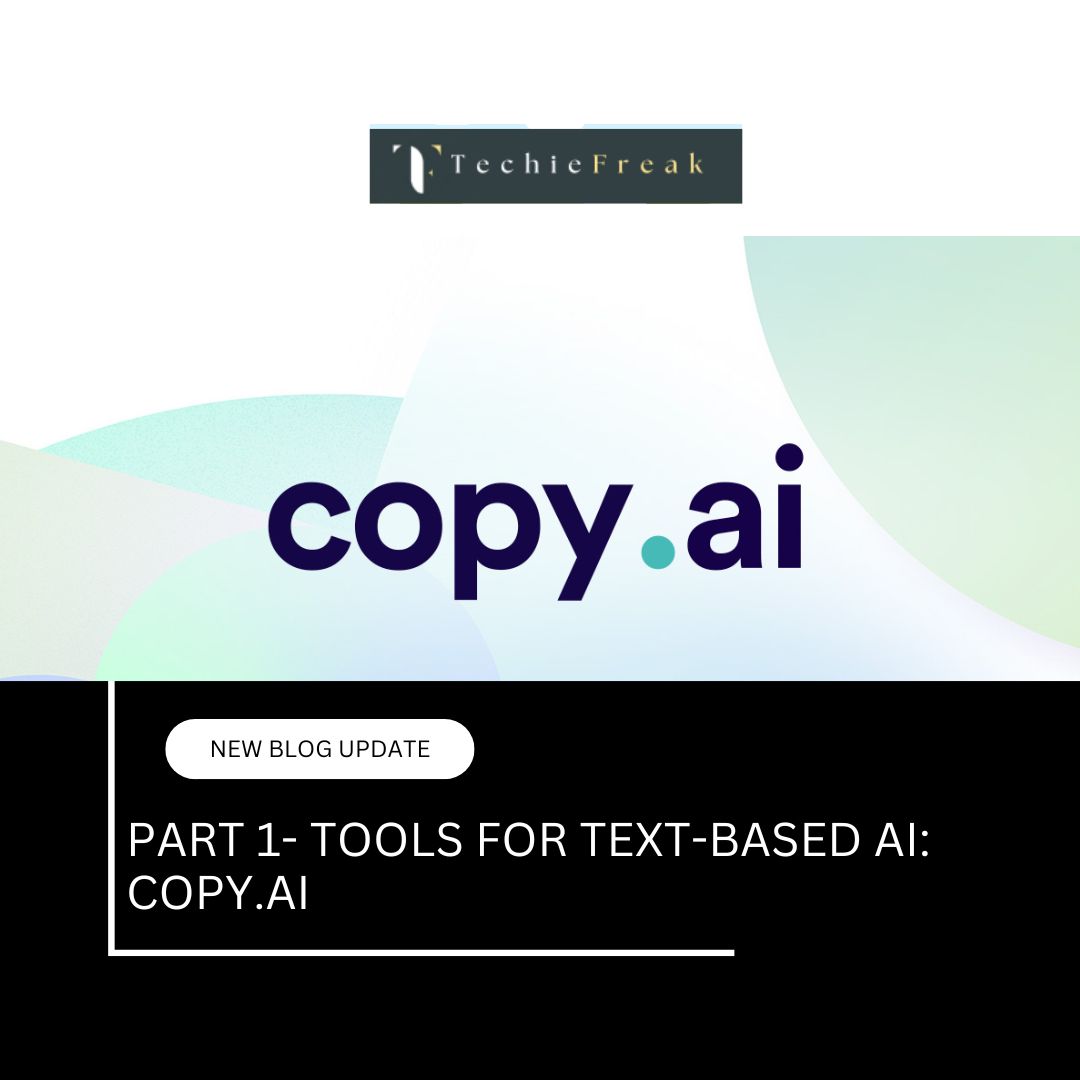
.jpg)
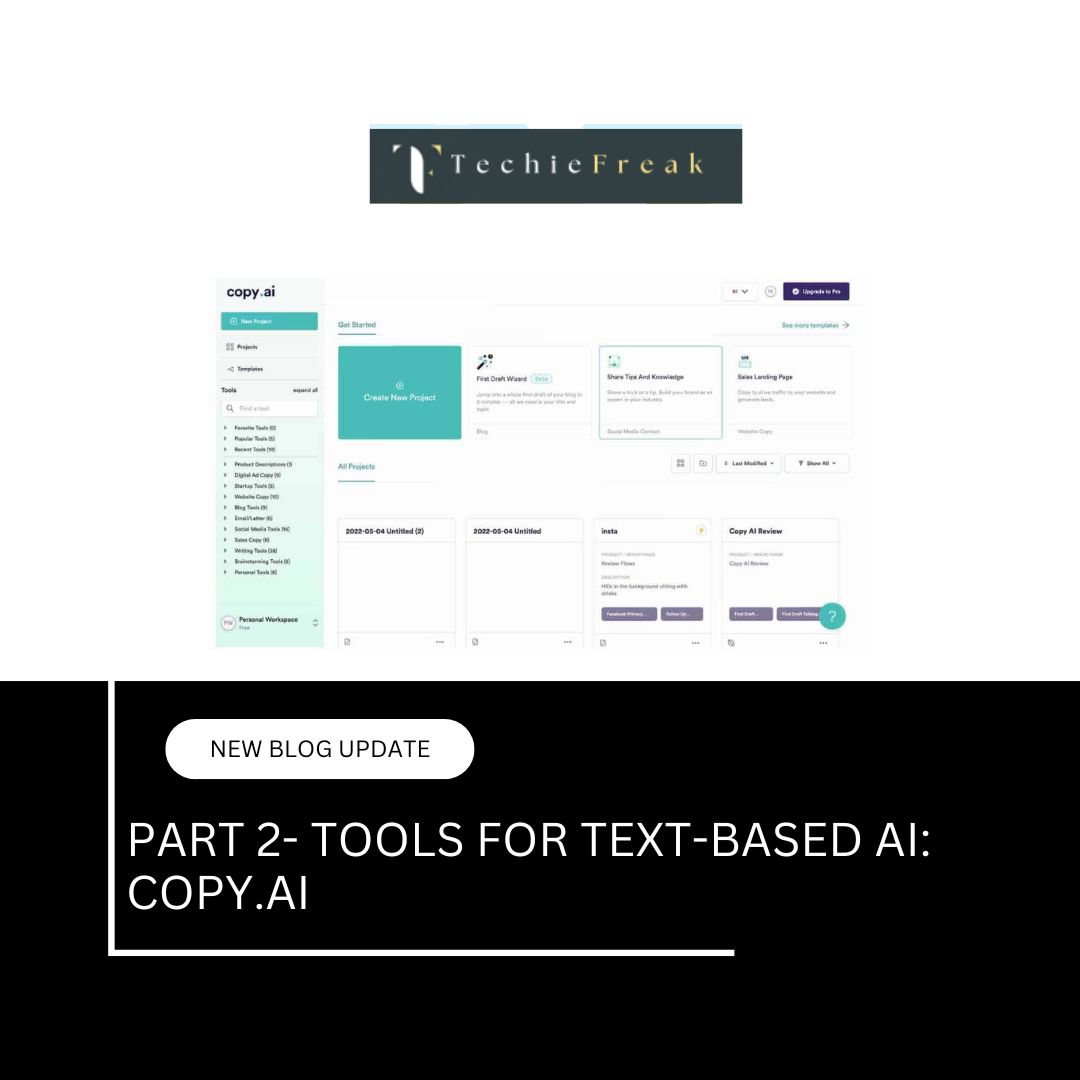
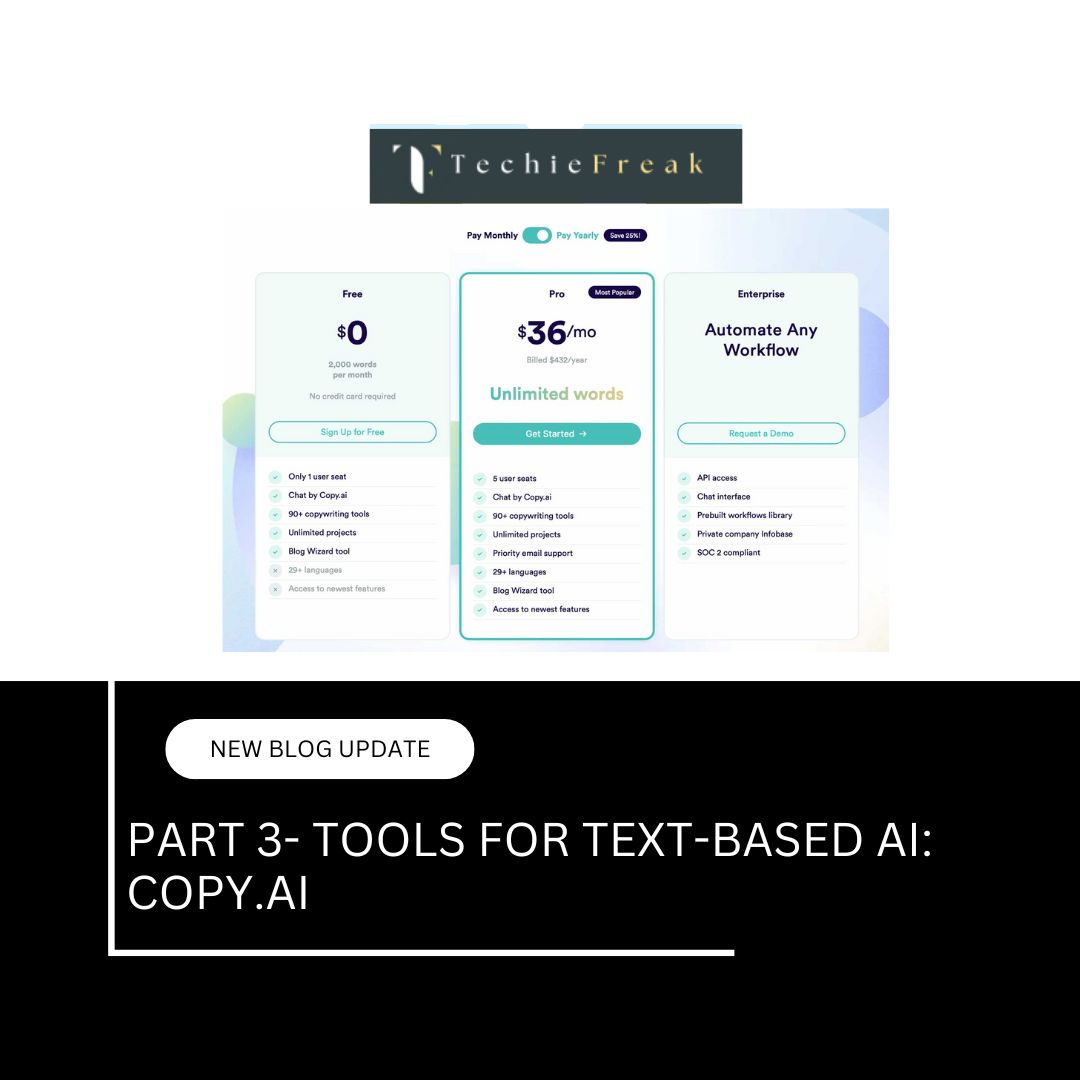
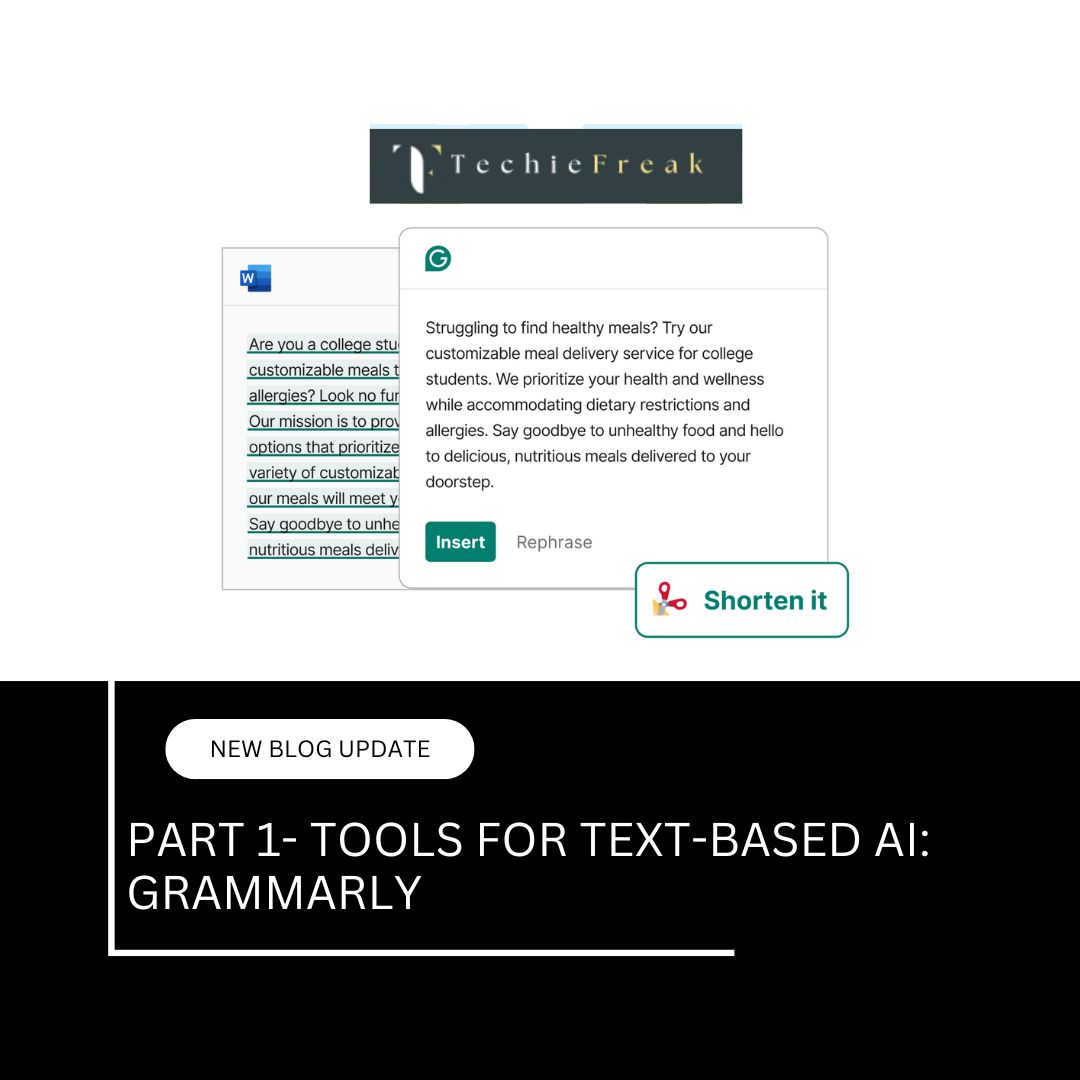
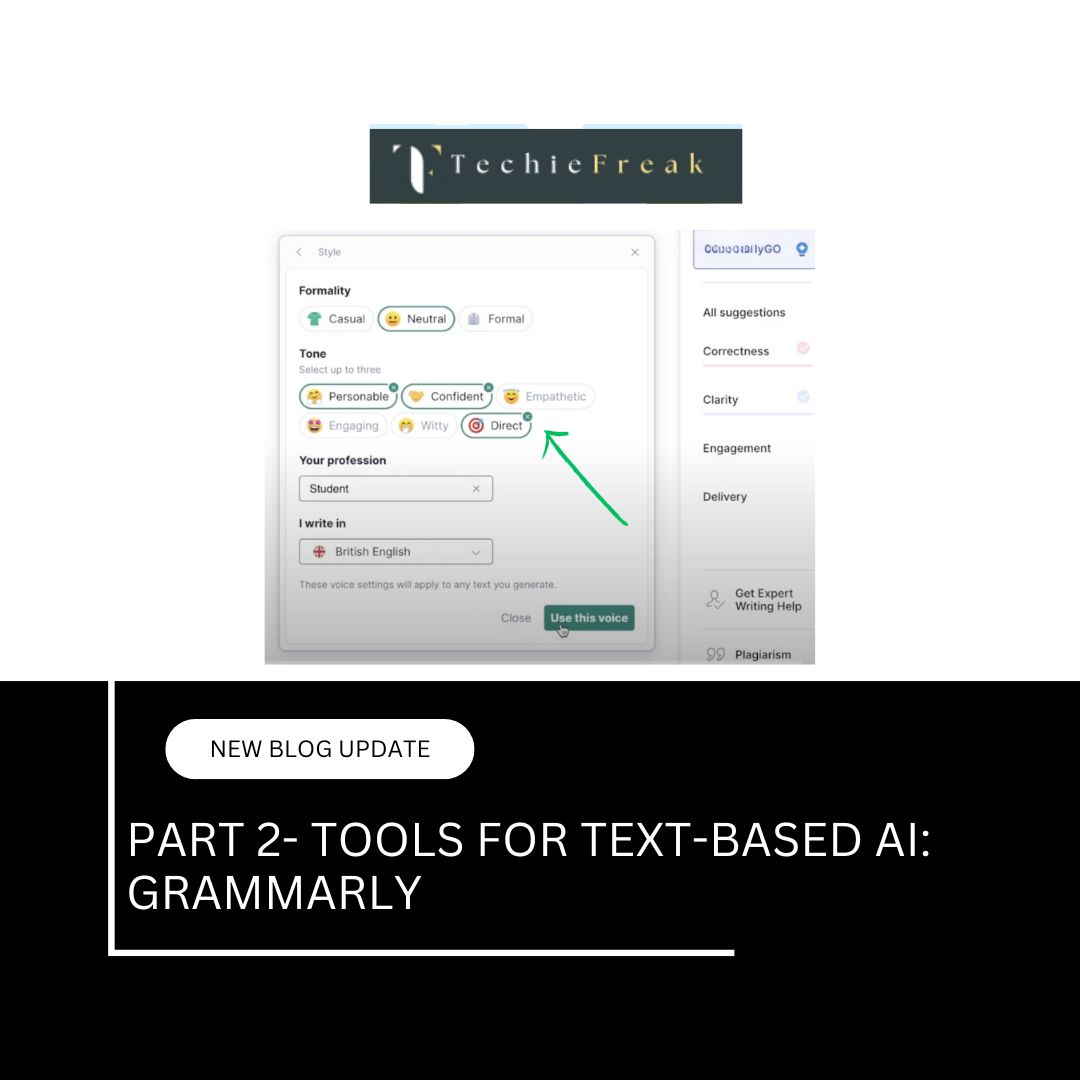
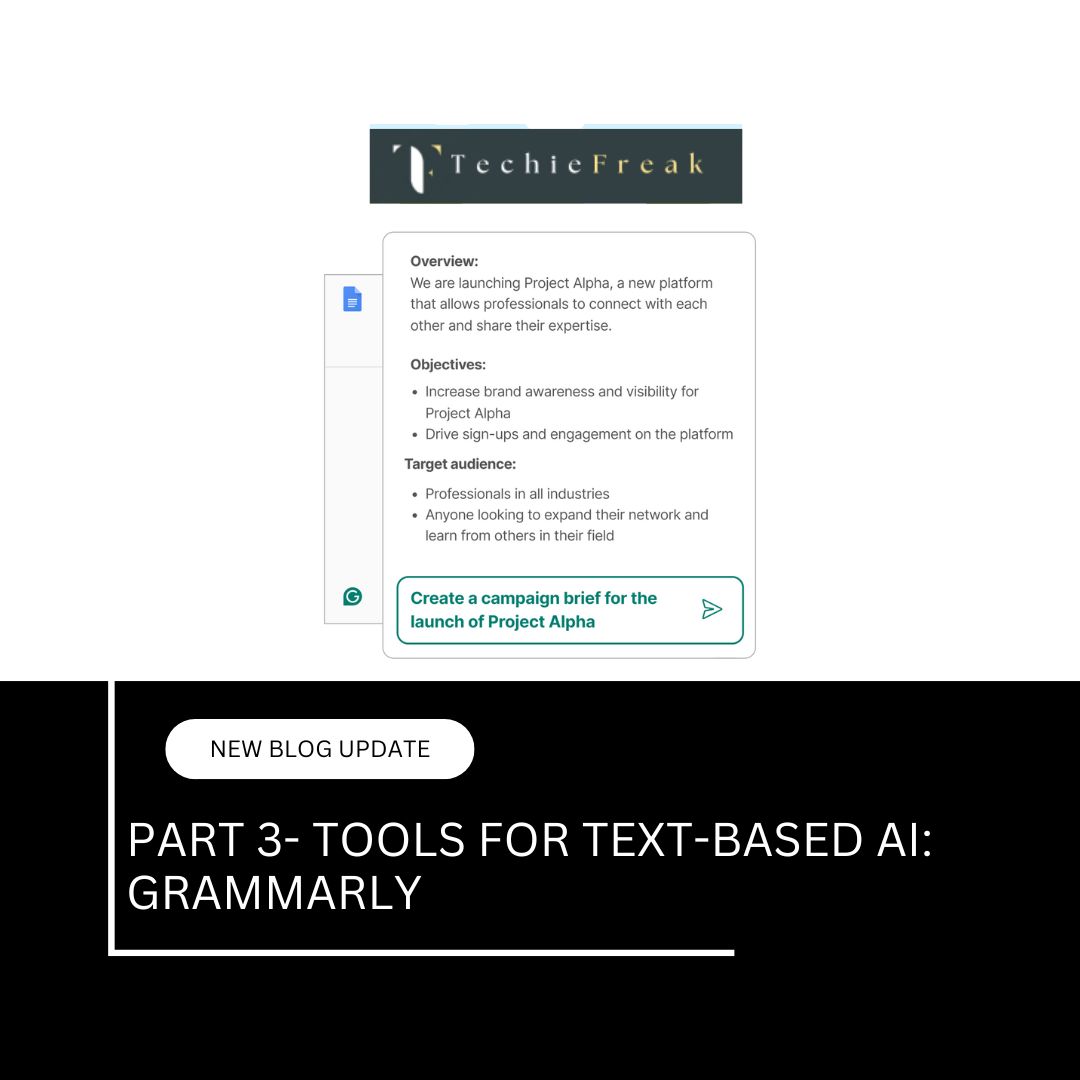
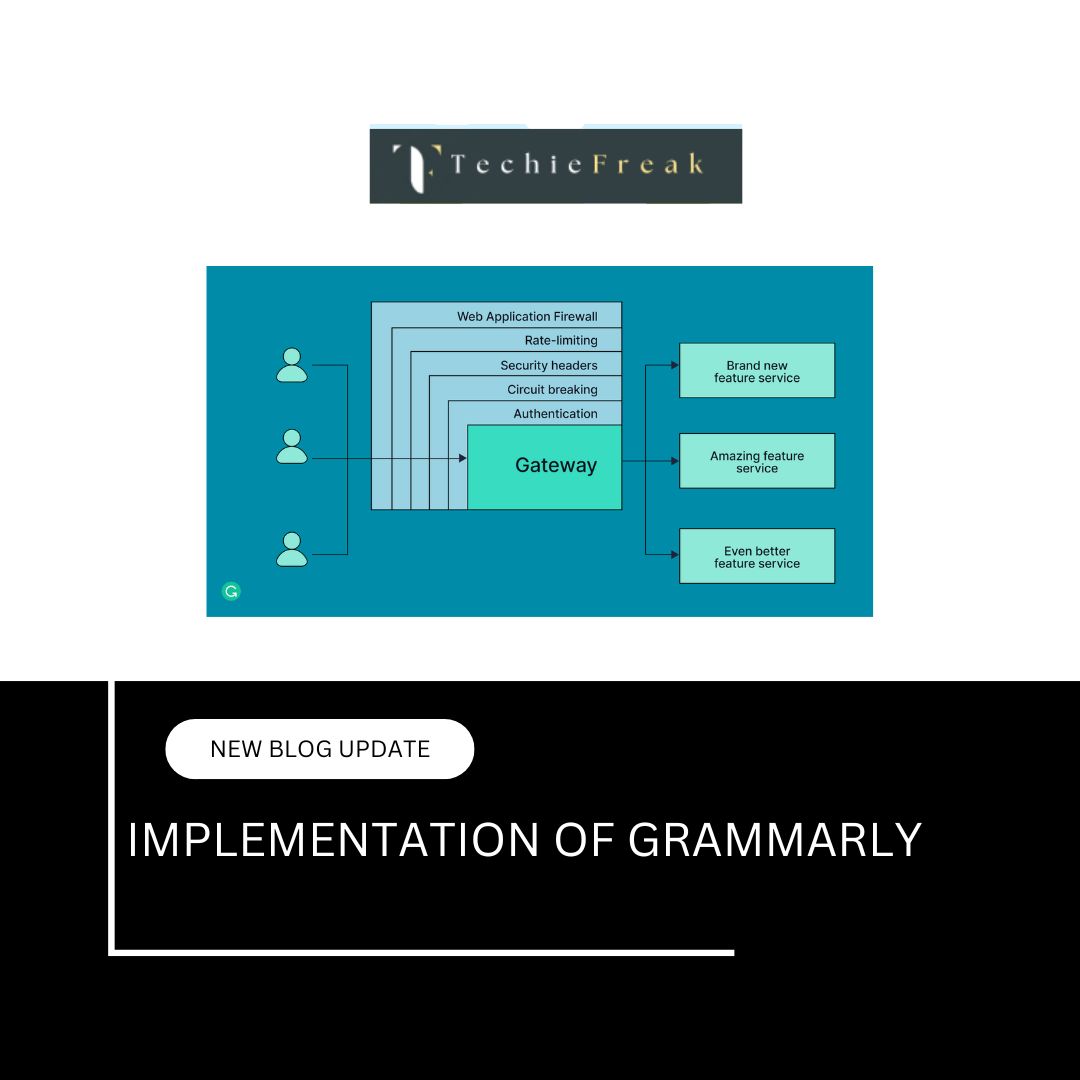




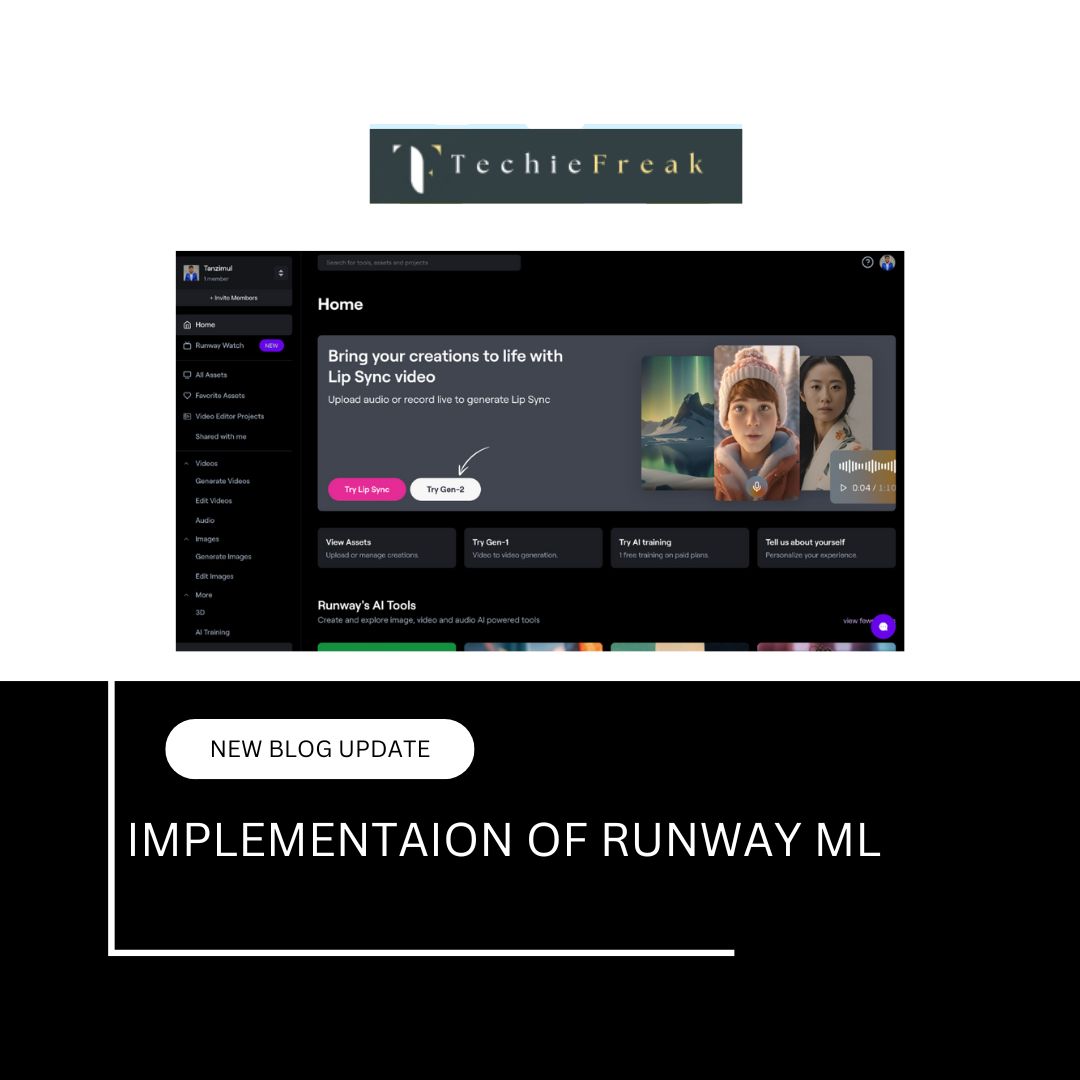


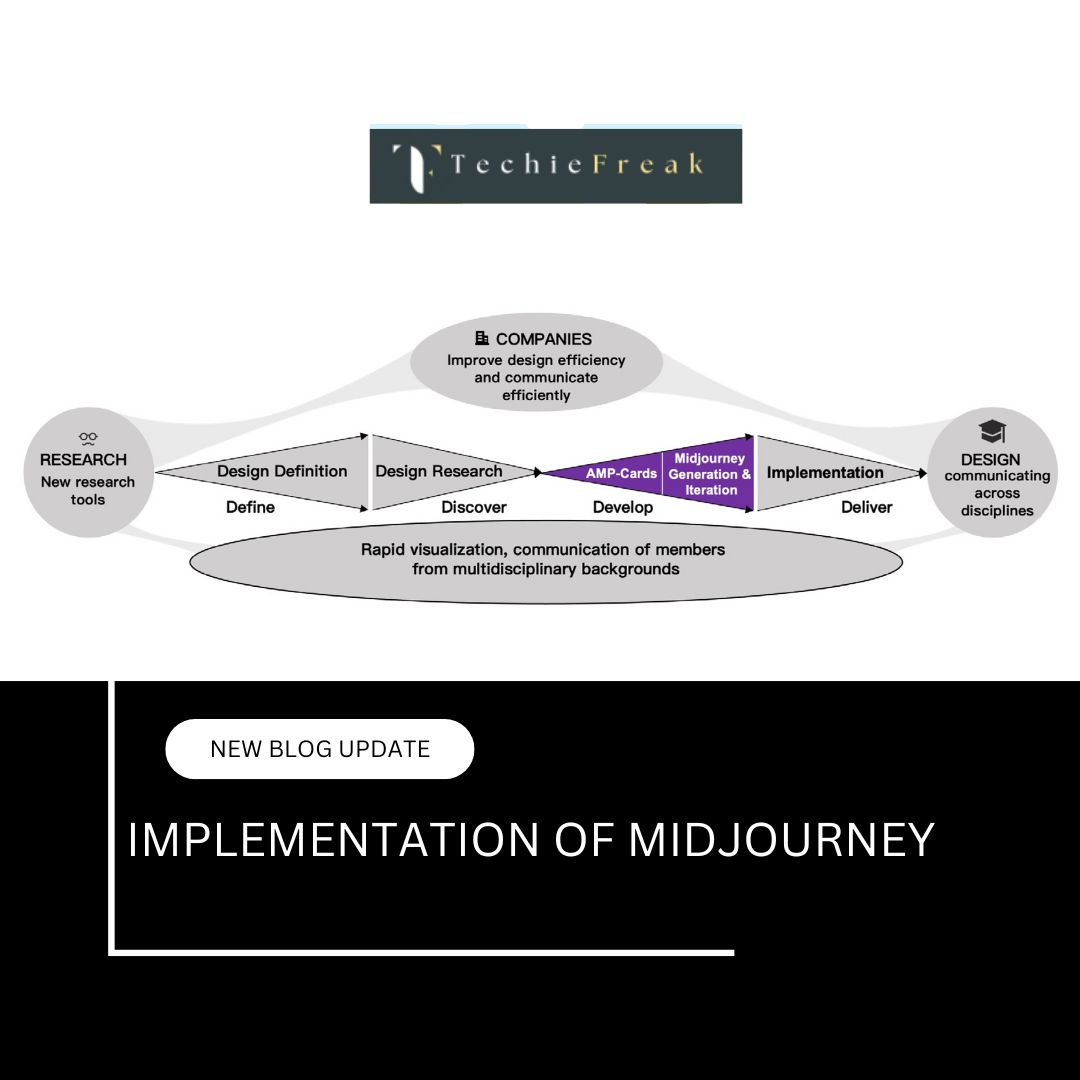
.jpg)


.png)
.png)
.png)
.png)
.png)
.png)
.png)
.png)
.png)
.png)
.png)
.png)
.png)
.png)
.png)
.png)
.png)
.png)
.png)
.png)
.png)
.png)
.png)
.png)
.png)
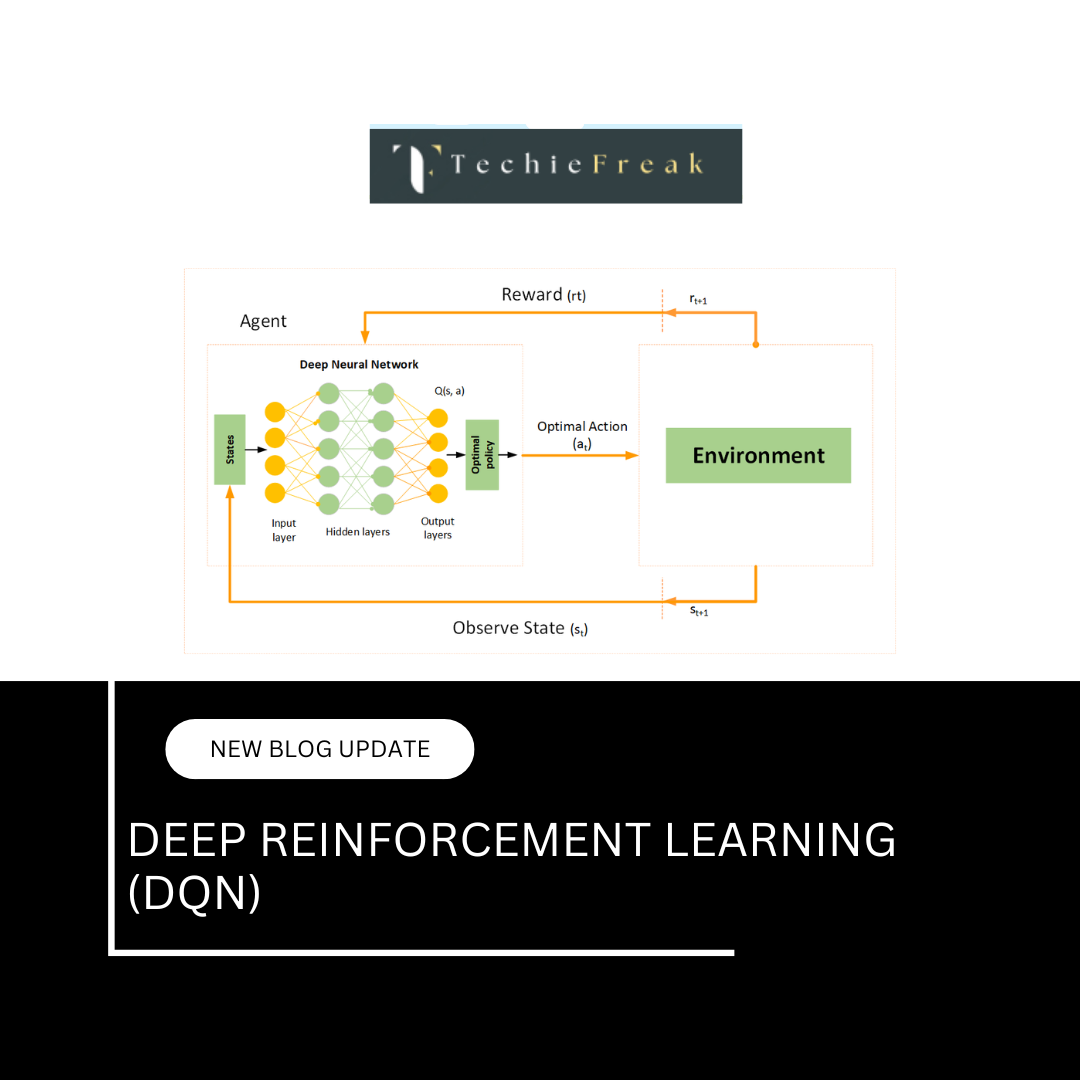
.png)
.png)
.png)
.png)
.png)
.png)

.png)










